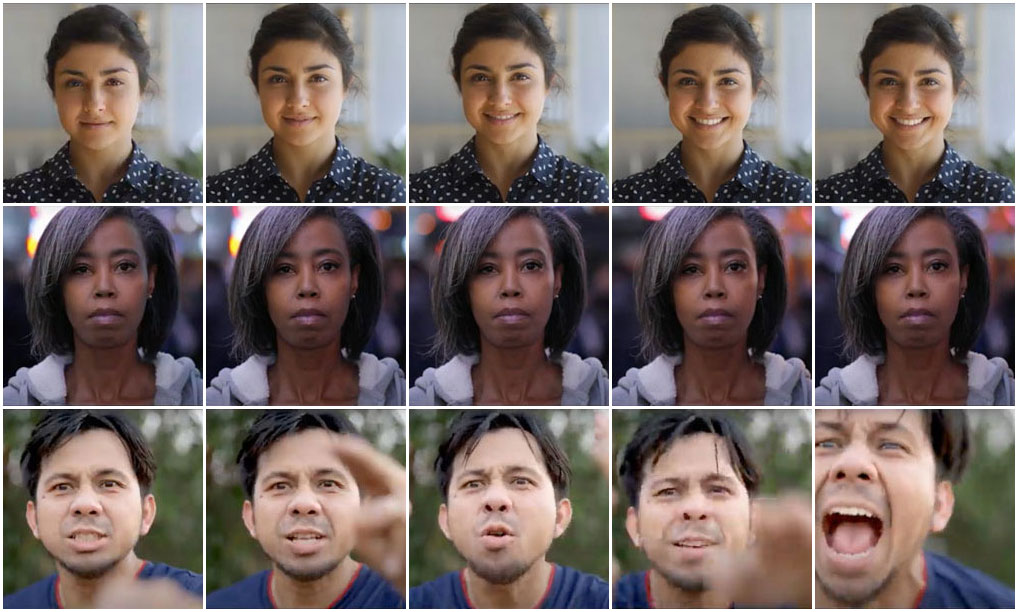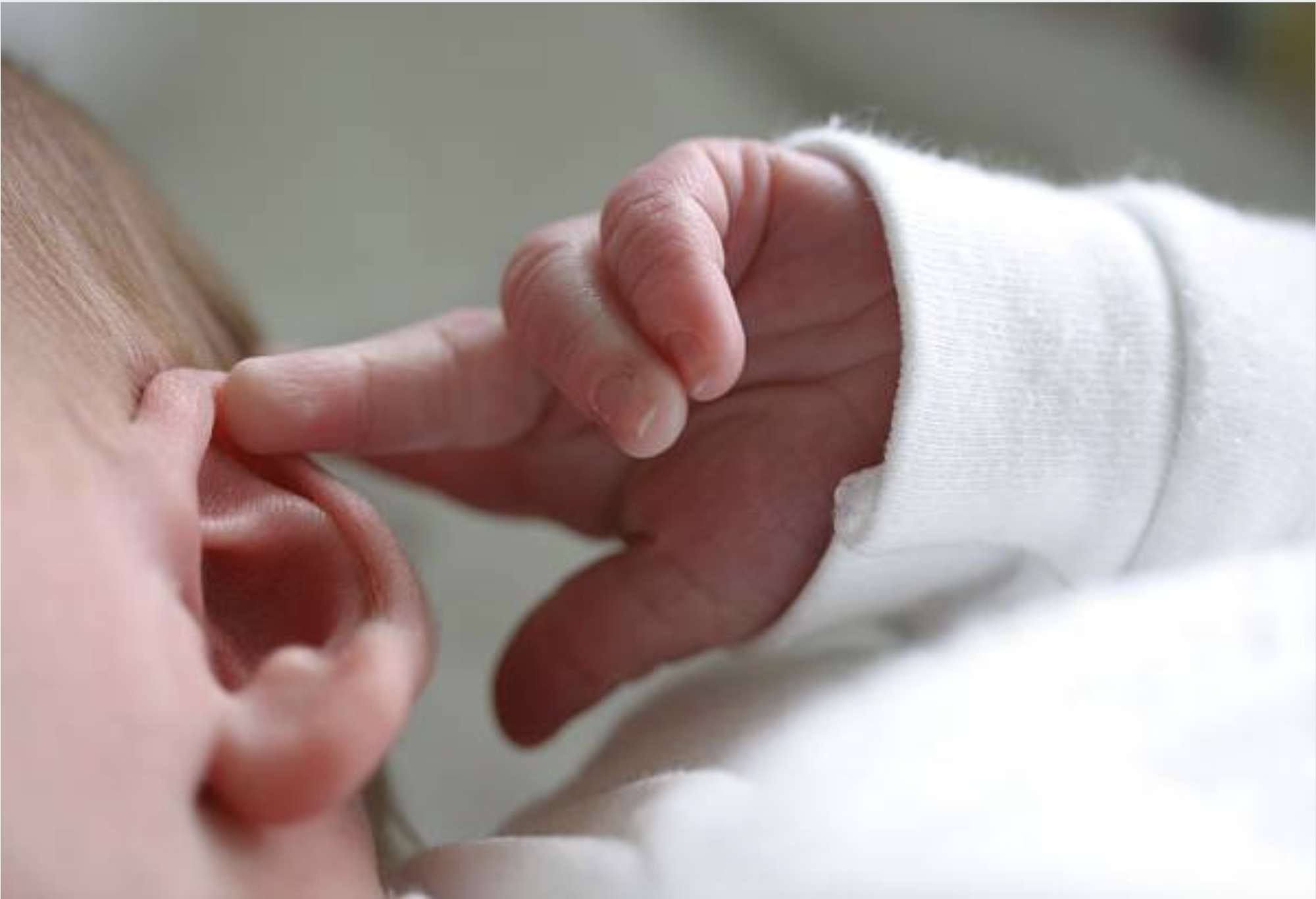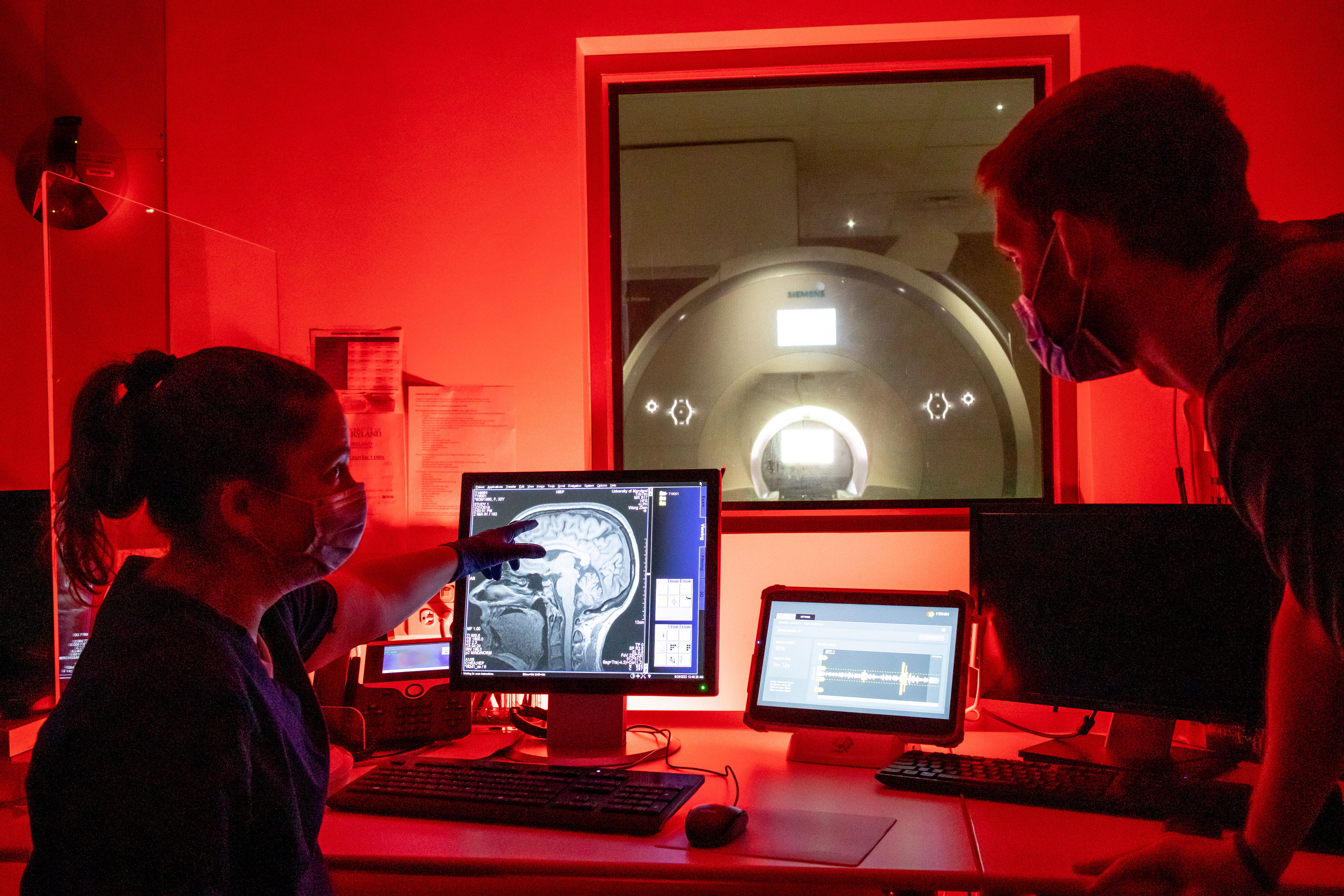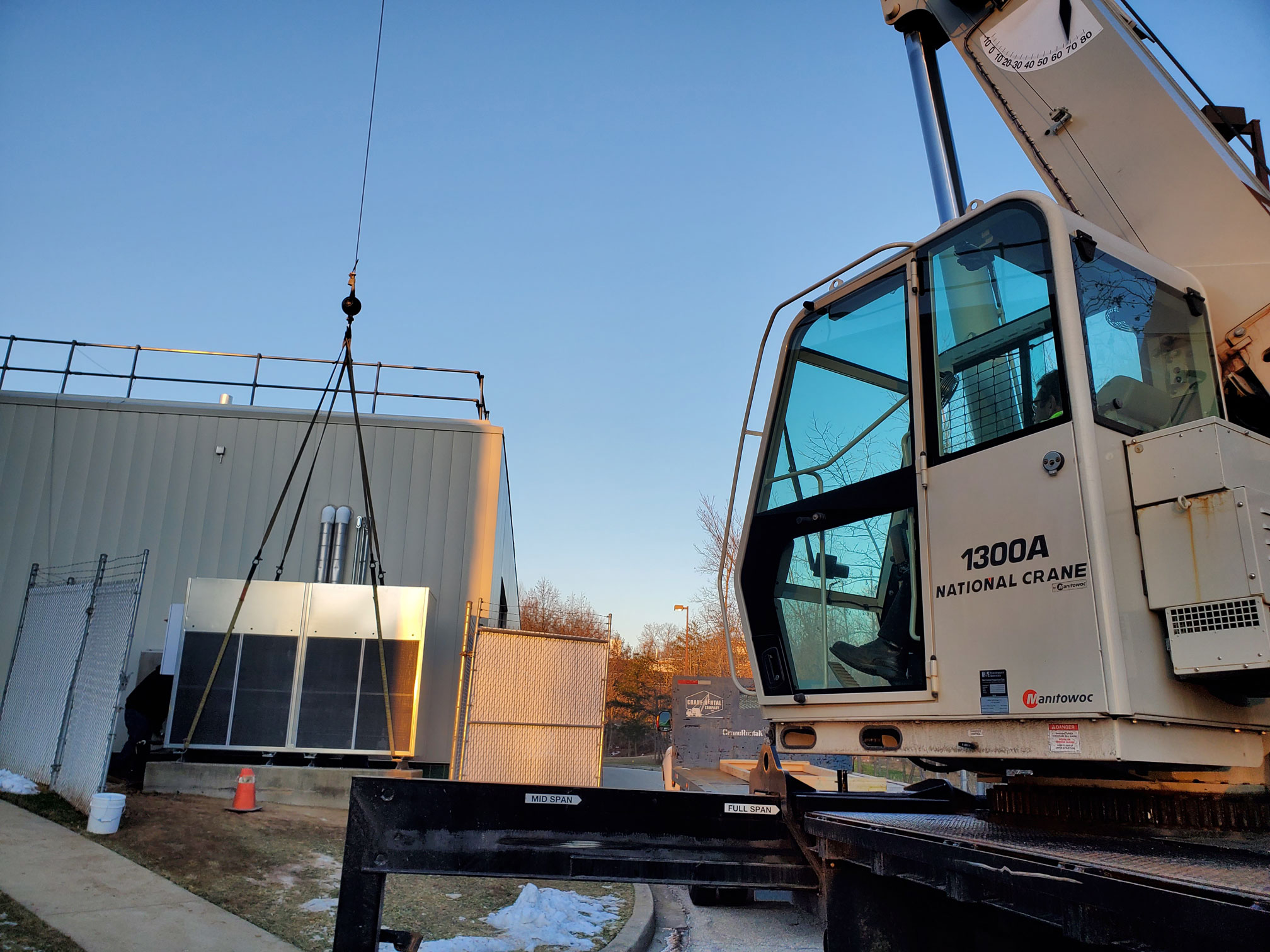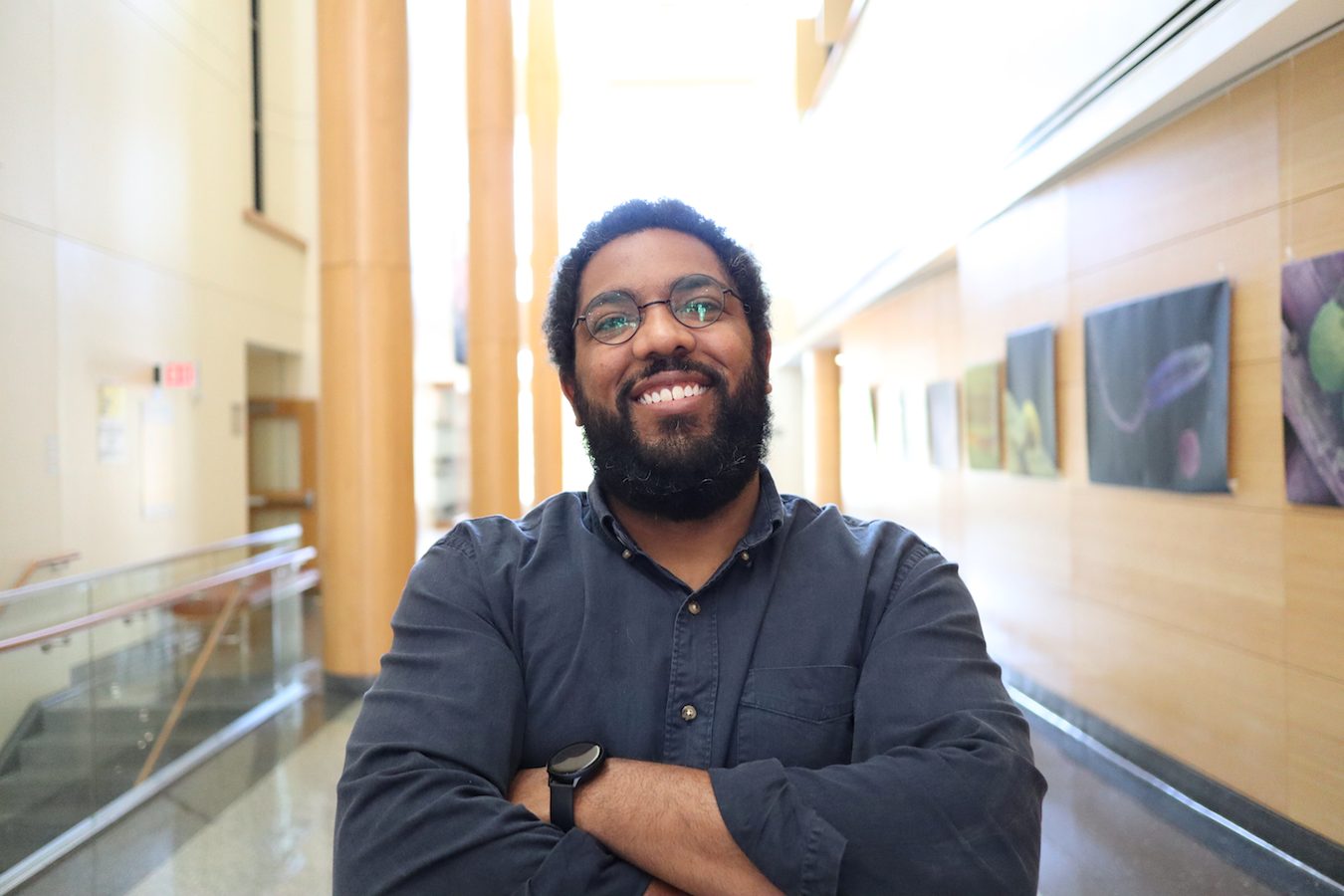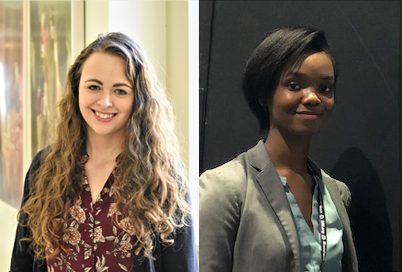News Story
Training Can Improve Older Adults’ Ability to Discriminate Rapid Changes in Sound
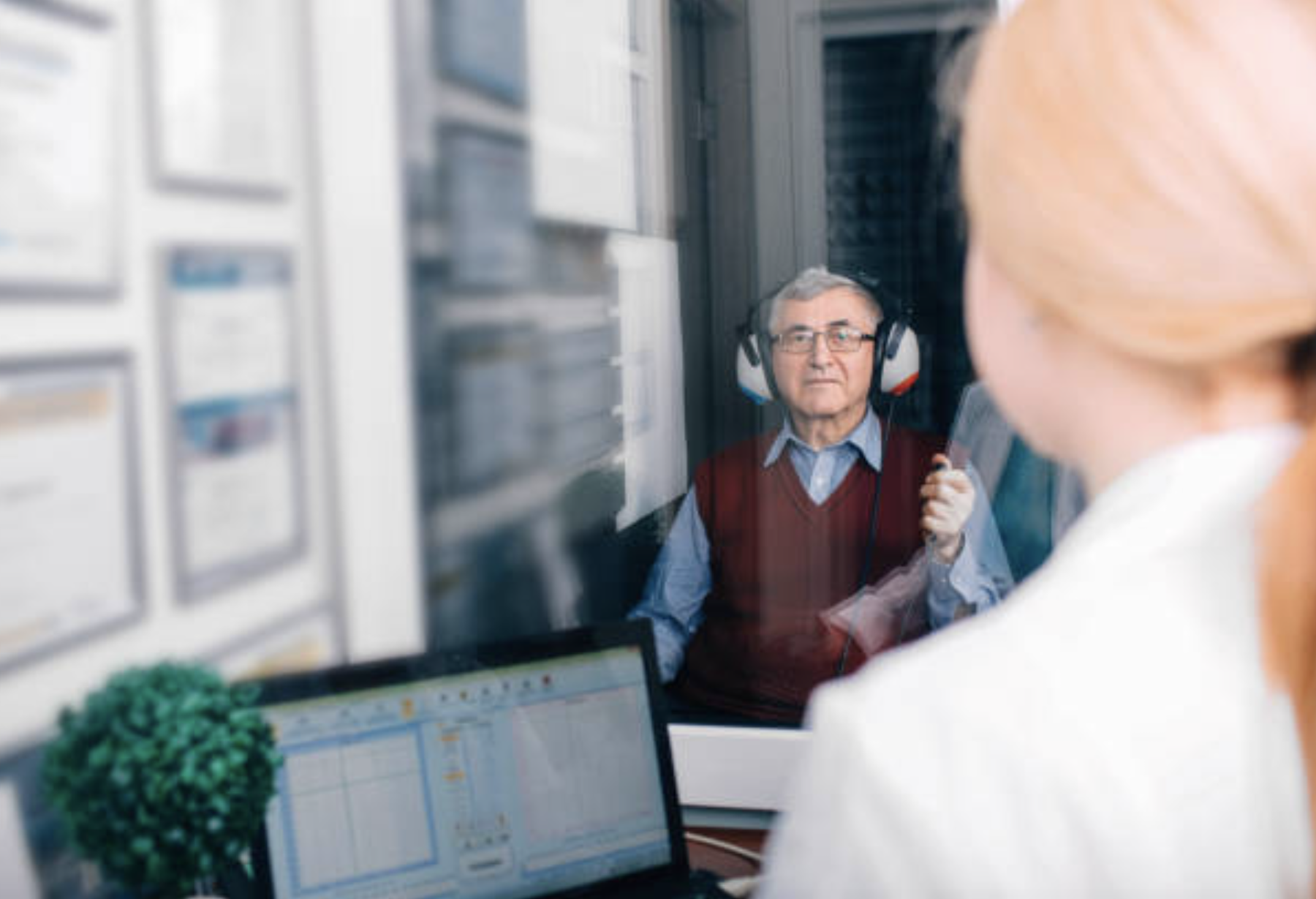
UMD researchers show that training can improve one's ability to detect subtle changes in the speed or “rate” of sounds that can make it difficult to understand speech in noisy or reverberant environments.
From a person eagerly discussing something they’re excited about to zeroing in on what another is saying during a crowded cocktail party, new research out of the University of Maryland Department of Hearing and Speech Sciences (HESP) offers hope for those who struggle to understand what’s being said in such situations.
Published in the Journal of the Association for Research in Otolaryngology, Samira Anderson, Sandra Gordon-Salant and Matthew Goupell’s research found that younger (18-30) and older (65-85) individuals with normal hearing and older individuals with hearing impairment could undergo training to improve their ability to detect subtle changes in the speed or “rate” of sounds that can make it difficult to understand speech in challenging situations, such as in noisy or reverberant environments, or when listening to people who speak at a fast rate.
“We've seen some evidence that these temporal processing deficits might be improved in animal models, but this is the first time we've shown it in humans,” Anderson explained.
The training provided to the 40-person experimental group involved participants comparing multiple series of rapid tones (think “beeps” or “clicks”) in nine sessions over the course of three weeks. Compared to the 37-person control group who was asked to detect a single tone in noise that varied in intensity depending on their performance, results from the experimental group showed overall improvement, and most significantly, that older normal-hearing people who undergo training can essentially restore their ability to discriminate fast changes in the timing of sounds to levels similar to those observed for young adults.
The Brain and Behavior Institute seed grant program has provided support for hearing and speech research since its inception in 2016. Goupell was awarded a BBI seed grant in 2022 for work with Michael Cummings to use machine learning to untangle the diverse causes of hearing loss (including infection, environmental noise and the natural aging process), uncover patterns in hearing loss data, and assess the ability of training to partially restore hearing and cognitive abilities. In 2016, Anderson, Goupell and Katrina MacLeod received a BBI seed grant to investigate the effect of age and duration of deafness on recognition in cochlear implant users, while a BBI seed grant to develop GRID imaging—ultra-fast 2 photon microscopy by beam multiplexing—was vital to UMD's contributions to a five-year, $20 million NIH BRAIN Initiative award with the University of Chicago, National Institute of Mental Health, New York University School of Medicine, Universidad Nacional de San Martin in Argentina, and Instituto Italiano di Tecnologia.
The HESP rate discrimination study is one of three University of Maryland research projects funded by the $8.2 million Neuroplasticity and Auditory Aging program project grant awarded in 2017 to Gordon-Salant. Each ongoing project seeks to examine how the aging brain contributes to auditory and speech perception difficulties, and ultimately whether targeted auditory and cognitive training can help the aging brain restore effective auditory processing—with distinctly different approaches.
Project one, led by Shihab Shamma of UMD’s Department of Electrical & Computer Engineering and Institute for Systems Research, is focused on aging animals’ ability to hear a sound in noise. Projects two—described above—and three are both focused on humans, with the next aim of project two studying whether training with rapid, or “time-compressed,” speech will likewise produce participant hearing improvements. Project three is investigating whether increased demands on memory enhance the benefits of training to listen to a target talker in the presence of another talker.
“Project two is the first study to show that the ability to discriminate rapid acoustic events is amenable to focused auditory training, … [and] that auditory training promotes neural changes in the brain, known as neuroplasticity,” Gordon-Salant said. “The results offer great hope in developing clinically feasible auditory training programs that can improve older listeners’ ability to communicate in difficult situations.”
Results from project two’s next phase are expected in spring 2023. Both of the latter projects are actively recruiting individuals who have normal hearing or mild-to-moderate hearing loss to participate in the training.
—Original story from the College of Behavioral and Social Sciences.
Published October 26, 2022

